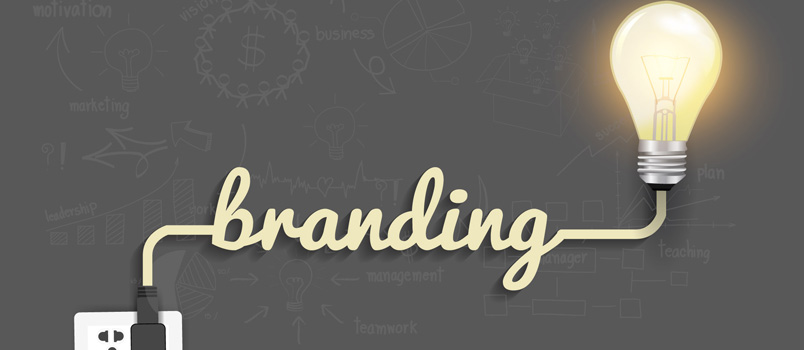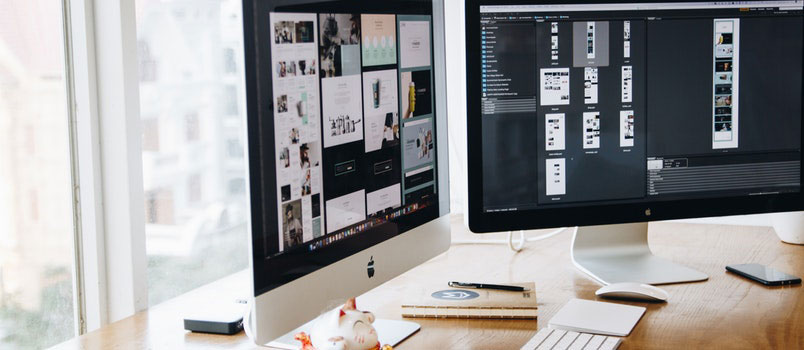Today, many manufacturers and marketers perceive packaging as something of tertiary importance. What is inside matters, and packaging is just something the product resides in until it gets to the customer. There is no reason to pay too much attention to it when you have to think of so many seemingly more important things: product design, advertising, social media management, community engagement, and so on. Packaging is just so… superficial. Who pays attention to this stuff, anyway?
As it turns out, everybody. We may say that we choose to buy or not to buy something purely based on the product’s values, but in reality, our judgment is influenced by many factors – and what package it comes in is not the last of them. So what factors should you consider when designing the package for your product to drive better sales?
1. Keep in mind the unity of purpose
Packaging performs a variety of roles simultaneously: it keeps the product safe during storage and transportation, it identifies the product and your brand for the consumer, it makes it easier to move it around, it persuades the consumer that he/she needs the product. Successful packaging design does not forget about a single of these purposes while identifying a single idea around which it builds everything else. For example, Apple uses minimalistic yet sleek packaging using high-quality materials. It creates an impression of premium quality, secures the products inside and is immediately recognizable by anybody who ever saw it. Packaging design companies like Zenpack can help you achieve all of the above and even manufacture it.
2. Create an experience
Over the last ten years or so, the phenomenon known as “unboxing” (shooting a video or making a series of photos detailing the process of unpacking a product) turned from a weird fad to an entire subdivision of advertising business, and no marketer can ignore it. Think about how the consumer is going to remove the packaging and discover the product inside and try to create a box design that would make for unpacking that would be pleasant from both visual and tactile perspective.
3. Display value
The product’s perceived value is generated primarily through two factors: the price you charge for it and what the consumer thinks he/she gets for this sum. When related to value, the role of packaging is not just to demonstrate what your product looks like or describing what it is – a huge role is played by the packaging materials themselves and the quality of workmanship. A box visibly made of high-quality cardboard, with high-definition printing and excellently arranged images, not just keeps your product safe and demonstrates it to the consumer – it also makes it look and feel more expensive, which means that the buyer feels that he/she gets more for his/her money’s worth.
4. Communicate with the consumer
These days, people tend to ignore advertising. We are so used to it that we filter advertising messages away without giving them a second thought. However, when a consumer interacts with your product’s packaging, you have his/her undivided attention. He/she deliberately looks at the packaging over, and you should use these precious seconds of interaction to communicate all the relevant information about your product and brand in general. It is not just what your product does and how it works, but also your company’s values and principles. For example, an eco-friendly business can make its stance obvious by using solely biodegradable materials in its packaging.
5. Use the right colors
People associate different colors with different concepts – both naturally and through long conditioning. Blue often goes hand in hand with stability and professionalism. Black and gold are associated with elegance, premium quality and high value. The colors you use in packaging should be consistent with the nature of your product and your brand. However, it is essential to avoid going with the flow – if the absolute majority of brands in your industry use some variation of blue in its packaging, it may be a good idea to choose something completely different, just to stand out on a shelf.
6. Build your design on an idea
The market is chock-full of products using generic packaging. You probably have a very good idea of how a typical box of pasta, a smartphone package, or a bag of potato chips is supposed to look. And there are packages that are created to stand out. They take a single idea and build the rest of the design around it. For example, you can use a vintage design as an inspiration. Or make it as minimalistic as possible to emphasize how innovative and high-tech your product is. Or use a culturally inspired design (when it is appropriate, of course). In other words, you should start out with the purpose of being different.
Of course, the ways in which you can use the packaging of your products as a marketing tool are not limited to these tips – in fact, possibilities are only limited by your own ingenuity.





